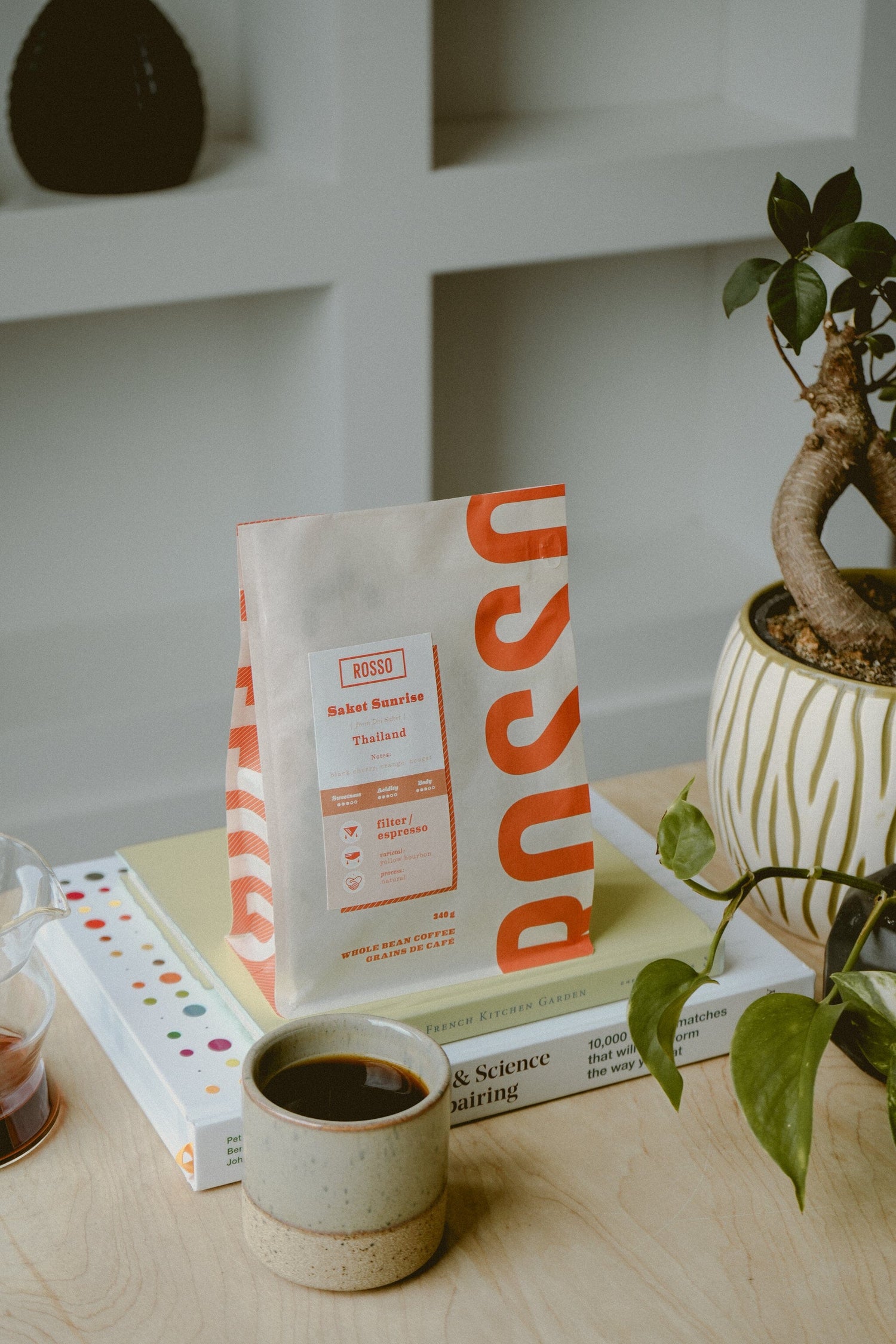Latte art can be tricky; it's not exactly drawing and it's not the easiest technique to explain. For the average barista, dedicating time to actively practice latte art can be a challenge, as there is just too many responsibilities to carry out in a cafe setting. But is latte art important or do customers just cover it with a lid and go about their day? Latte art definitely has its place on social media, but is relevant to the taste of the drink?

The latte only has two ingredients, milk and espresso. With quality latte art, the beverage is elevated from good to great; but the ingredients have remained the same, so how can this be? They say you eat with your eyes first, and the latte art decorating the top of your latte can tell you a lot about your upcoming treat. For latte art to be successful, you need properly textured milk as well as a good amount of foam—but not too much! With extra foamy milk, your latte will taste dry and bubbly and the milk will offer little to no sweetness. Conversely, milk without enough foam will taste flat and boring, as not enough texture was added. If the milk and espresso in your latte has been well integrated, you will find that there is a good contrast between the shiny, white milk and the rich espresso canvas. Properly integrated milk and espresso will present a more uniform tasting experience—you won’t get a sip full of bitter crema!
Over the years I have noticed a few things that baristas will do that can be corrected without too much focus on their technique. So here are my top tips (in no particular order) on improving latte art:
Get the right amount of milk in your pitcher
You need the proper amount of milk in your pitcher to be able to properly texture it. There are definitely minimum and maximum amounts of milk a pitcher can hold if you want proper texture. Under dosing the milk will lead to integrating too much air. Over dosing the milk won't leave enough room for the proper air integration. I will usually not go over 45% of the milk pitcher, or just under the spout groove.Another reason to have the proper amount of milk in your pitcher is so you can tilt your pitcher when pouring. The more milk in your pitcher, the less you can tilt forward, and that means you can not get the spout as close as you want when pouring more intricate designs!
Loosen up the crema
We love crema in latte art, it helps us achieve nice contrast, but what happens when it's too thick? This makes it harder to incorporate your milk for an even canvas. When it is not well integrated, the surface of your latte becomes rigid, which will obstruct how your milk flows, resulting in lopsided designs. You can swirl your espresso before adding that initial splash of milk to loosen up the crema.
Start deeper in the cup
Starting near the edge of your cup is not always the move! For the more complex designs, there are parts of the pour that need to be done first. You will find that pouring quickly is also beneficial, before your latte canvas becomes too rigid.
Change your grip!
There are a number of ways to hold the pitcher and this can vary from person to person. It all depends on where you are wiggling your pitcher from. Some baristas wiggle with their elbow and others will use their shoulders.
However, the most common issue is how tight baristas are gripping their pitchers!
When gripping tightly, your designs will favour one side because the pitcher will be leaning towards your body. By loosening your grip, not only will your lattes be more symmetrical, you will find it easier to wiggle.

Don't tap the milk pitcher
When you are finished perfectly texturing your milk, the milk will immediately begin separating into three categories: the top most milk will have the most foam, the bottom will be mostly milk and the middle section is what I like to call medium foam. When you tap the pitcher onto the counter, you are causing the milk to separate faster than it would on its own. Once your milk has separated into these three categories, it is more difficult to pour one silky texture and this will be very difficult to control. Try swirling in the pitcher instead.Thanks to Nelson Phu, our very own reigning Canadian Latte Art Champion, for sharing some of his tips & tricks on how to pour the perfect latte!




